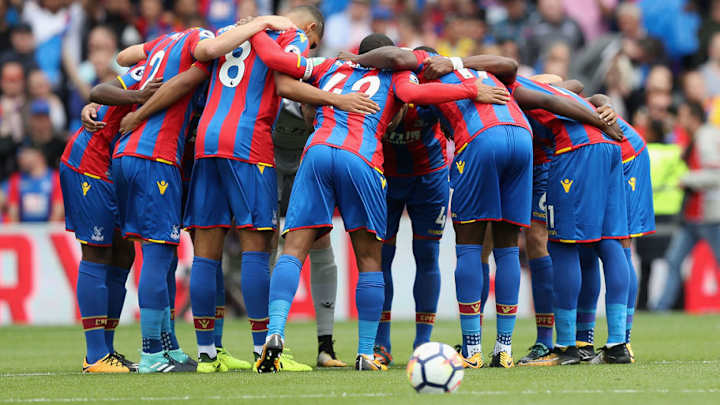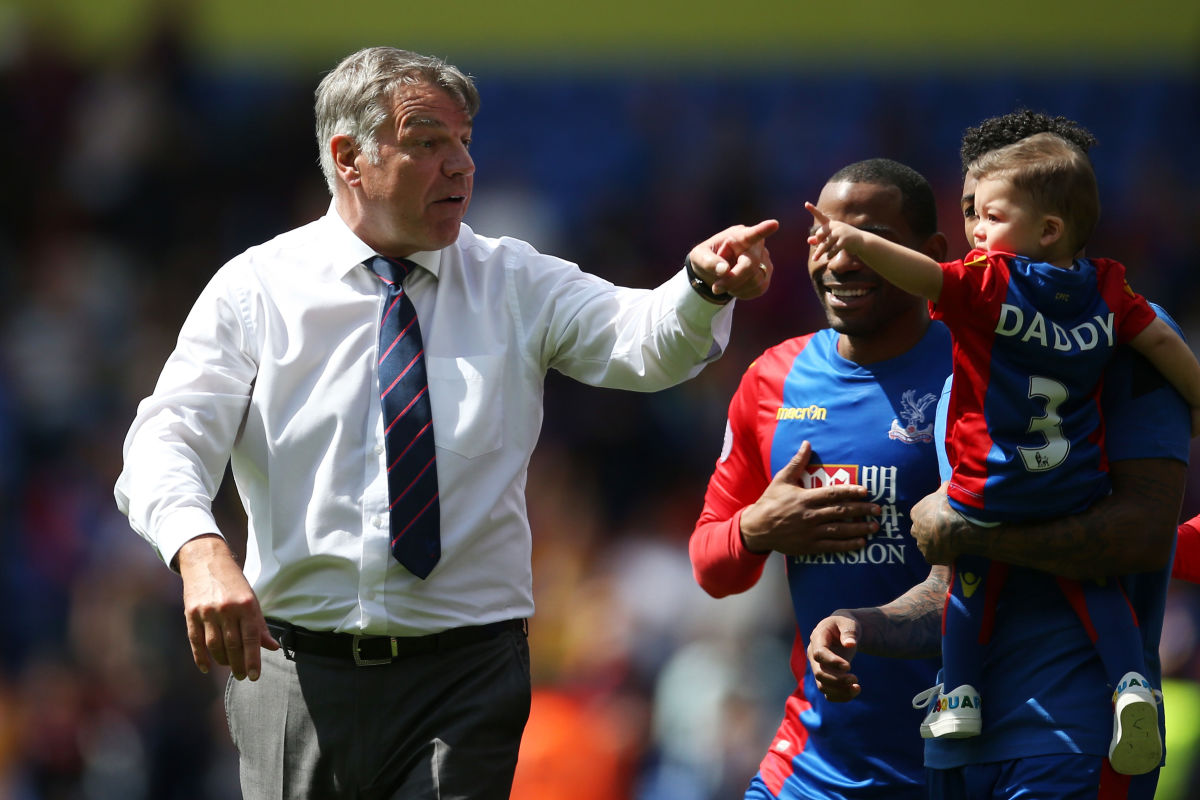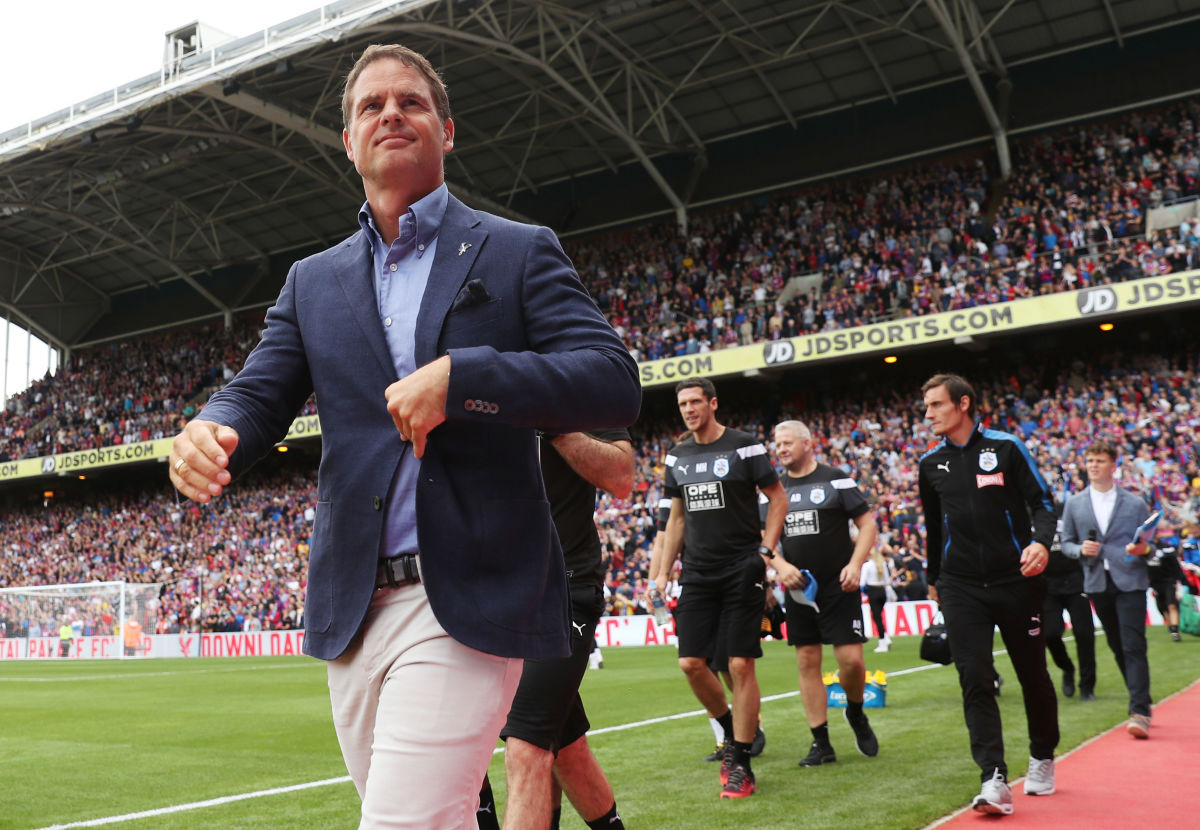Failure to Launch: Why Stubborn Crystal Palace May Struggle to Adapt to Change This Season

Strong. Resilient. Quick on the counter attack. These are just a few of the traits characteristically associated with a typical Crystal Palace squad.
A group of eleven resolute players who work for each other, soak up the pressure from the opposition, and distinctively look to play off a target man through tricky wingers.
In recent years, however, the versatility of the squad and their ability to adapt has been challenged, with disappointing results. It began with Alan Pardew's intention to change the Eagles' famed counter-attacking style into a more possession based game, in which the ball would be played out from the back and attacks were created through the middle.
Most goals conceded from set pieces since August 2014:
— Coral (@Coral) August 14, 2017
Liverpool - 44
Stoke - 44
Leicester - 43
Crystal Palace - 42
Swansea - 39 pic.twitter.com/AAj0qUB55v
The plan proved delusional from Pardew, and ultimately cost him his job, as he attempted to implement it with no real structure without the players suited to the style.
In came Sam Allardyce, renowned for solid, defensive football, and all talk of 'transition' from Pardew's reign went out the window.
Once Big Sam had cleared out the mess and bought in his own staff, results improved drastically. A daunting run in, including the likes of both Manchester clubs, Tottenham, Chelsea, Arsenal and Liverpool awaited the Eagles, and the philosophy of soaking up pressure and breaking on teams through counter attacks saw Palace victorious against the latter three sides aforementioned.

Almost indistinguishably, this resurrection was identical to the resurgence seen after the departure of Ian Holloway in 2013, who attempted an expansive style of play only to be usurped by the rigid nature of 'PulisBall' once the Welshman Tony Pulis came through the door.
Unsurprisingly, the squad reacted more positively to a style focused on less possession, but more organisation and efficiency in the final third, and ultimately survived a Premier league season for the first time thanks to Pulis' methods.
Fast forward back to 2017, and the dependable football which proved comfortable amongst the squad is no longer, as a result of Allardyce's sudden departure. The former Ajax and Inter manager Frank de Boer was appointed after over a month of discussions with numerous candidates, and has been drilling a 3-4-3 system into the squad since arriving in South London.

On paper, at least, the Selhurst Park faithful grew excited at the potentiality of emulating the successes that Antonio Conte and Mauricio Pochettino have had with the system at Chelsea and Tottenham respectively, but football isn't played on paper.
The signing of Jairo Riedewald - the best passer in the Eredivisie last season - as well as the loan arrivals of Timothy Fosu-Mensah and Ruben Loftus-Cheek offered the typically Dutch system some hope, although following the dismal opening day embarrassment to Huddersfield, cracks are evident.
Match Reaction: Frank de Boer Blames 'Wrong Choices' for Opening Day Shocker Against Huddersfield @jackdigman https://t.co/BGb6FBkGgr
— Crystal Palace Pro (@CPFCpro) August 13, 2017
In particular, the awkwardness of the likes of Wayne Hennessey in goal and Joel Ward - inexplicably at right wing back on the day - are glaring examples that the system will not carry passengers.
A ball playing goalkeeper and a quick, robust wing back are essentials in maximising the effectiveness of de Boer's philosophy, and with just over two weeks left of the transfer window, they are needed quickly.
The most worrying aspect of this stylistic tampering, however, would be the possibility of it failing yet again.
The Premier League contains some managers, such as Pulis and Allardyce, that you just know will bail you out of trouble should you need it, and having already played these wildcards, there are worries that should de Boer be the next manager out the door at Selhurst Park, Steve Parish and Crystal Palace may just have played all their aces.
